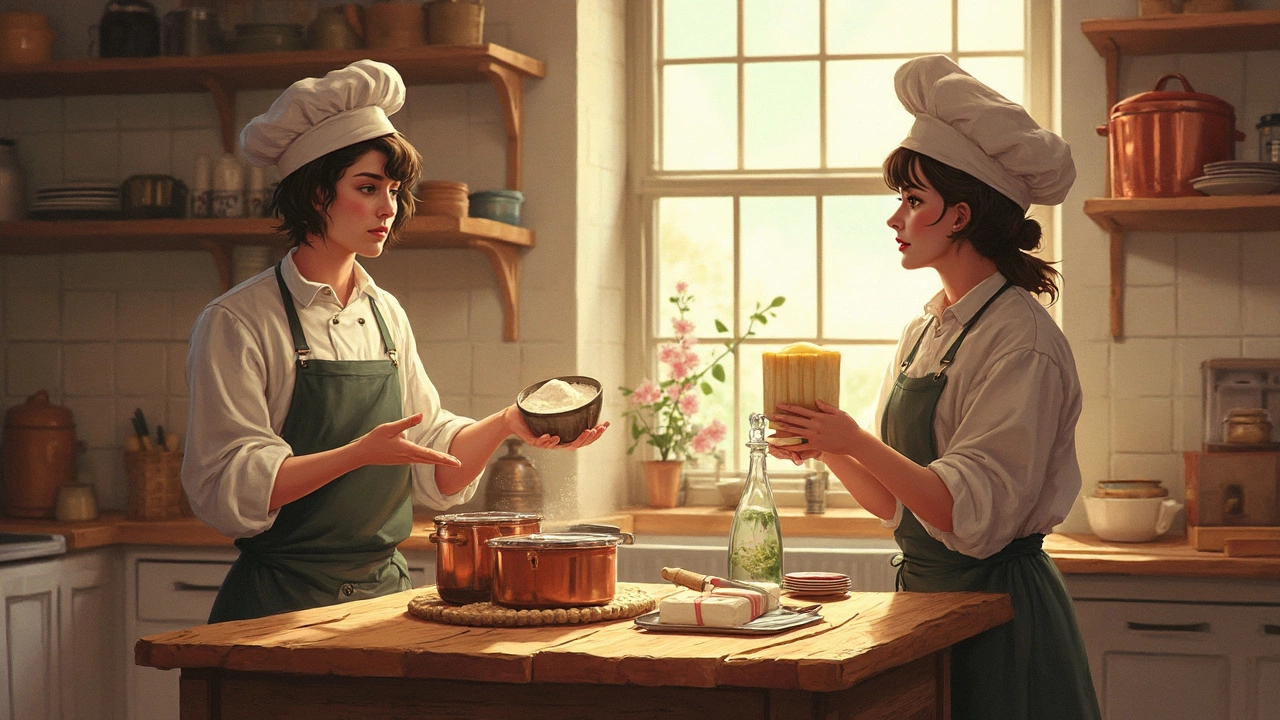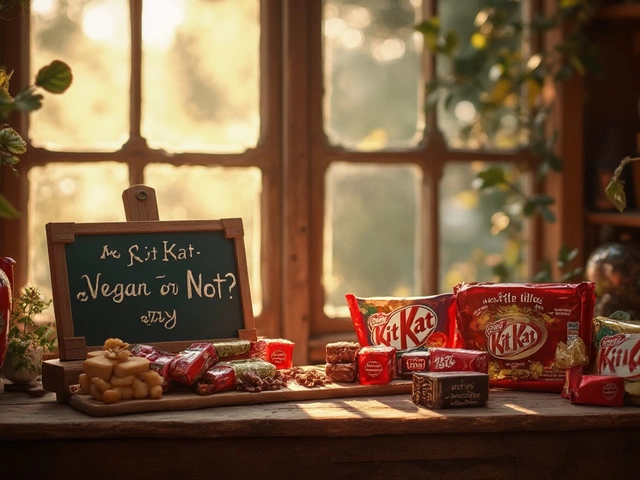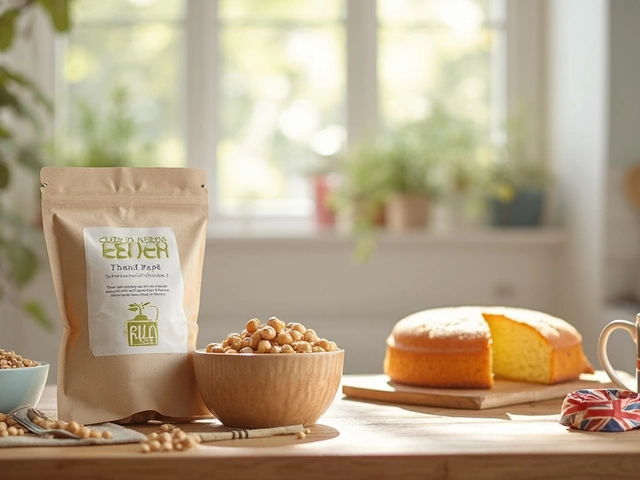Cornstarch in Baking: What It Does and How to Use It
Ever wonder why some recipes call for cornstarch instead of flour? It’s not just a random ingredient—cornstarch can change the texture of a cake, keep frosting silky, and act as a gluten‑free thickener. In this guide we’ll break down the basics, show you when to swap it in, and share simple tricks to avoid common mistakes.
Why Add Cornstarch to Cakes?
Cornstarch is a fine, powdery starch that absorbs liquid and creates a softer bite. Mixing a small amount with all‑purpose flour reduces the protein content, so the gluten network stays weak. The result? A lighter, more tender crumb that feels almost melt‑in‑your‑mouth. For layered cakes or cupcakes where you want a delicate texture, try replacing 1‑2 tablespoons of flour with cornstarch per cup of flour.
Using Cornstarch for Frosting and Fillings
Frosting can turn grainy if the sugar isn’t fully dissolved. Adding a pinch of cornstarch helps absorb excess moisture and keeps the frosting glossy. Stir the starch into a little milk or cream first, then blend it into the butter‑sugar mix. This technique works for buttercream, ganache, and even whipped cream fillings.
If you need a gluten‑free thickener for fruit sauces or custards, cornstarch is a go‑to. Whisk it with an equal amount of cold liquid before heating—this prevents lumps. Heat just until the mixture bubbles, then cook another minute to eliminate the raw starch taste.
Watch out for over‑use. Too much cornstarch can make baked goods dry or give a chalky finish. As a rule of thumb, never exceed 25% of the total dry flour weight in a recipe.
Storing cornstarch is easy: keep it in an airtight container in a cool, dry place. It stays good for years, but if you notice clumps or an off smell, it’s time to replace it.
Need a quick gluten‑free flour blend? Combine 1 part cornstarch, 1 part rice flour, and 1 part potato starch. This mix works well for cookies, pancakes, and light cakes.
Remember to sift cornstarch with other dry ingredients. Sifting breaks up any lumps and distributes the starch evenly, which is especially important for delicate batters.
Finally, experiment. Start with small adjustments—swap 1 tablespoon at a time—and taste the difference. You’ll quickly learn how cornstarch can turn an average cake into a bakery‑level treat.






